Best Seasons for Solar Tube Repairs
Solar tube repairs are most effectively performed during periods of stable weather, typically in late spring and early fall. These seasons offer mild temperatures and low precipitation, reducing the risk of weather-related delays. Scheduling repairs during these times ensures safer working conditions and minimizes disruption to daylight collection.
Late spring and early fall provide ideal weather conditions for solar tube repairs, with moderate temperatures and minimal rain.
Avoiding winter and peak summer months reduces the risk of extreme cold or heat impacting repair work and materials.
Regions with harsh winters or intense summer heat may require scheduling repairs during transitional seasons for safety and efficiency.
Performing repairs in favorable weather helps ensure proper sealing and installation, extending the lifespan of solar tubes.
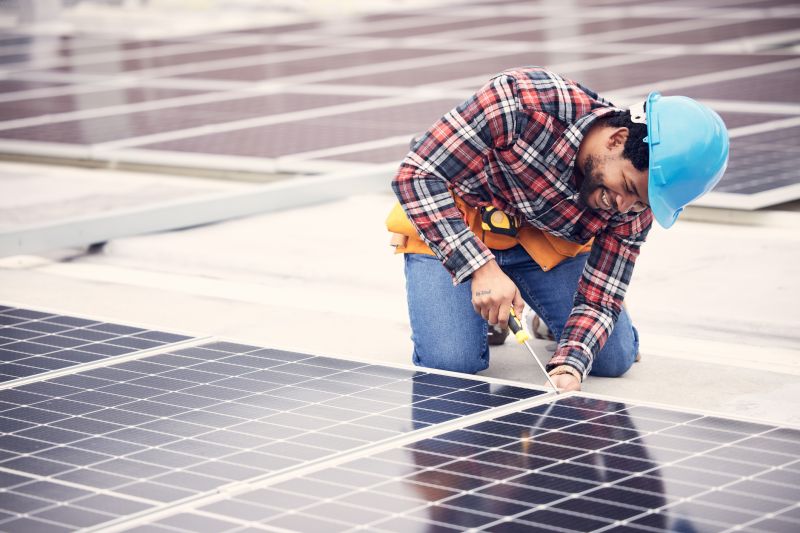
Technicians perform repairs during mild weather, ensuring optimal sealing and installation.
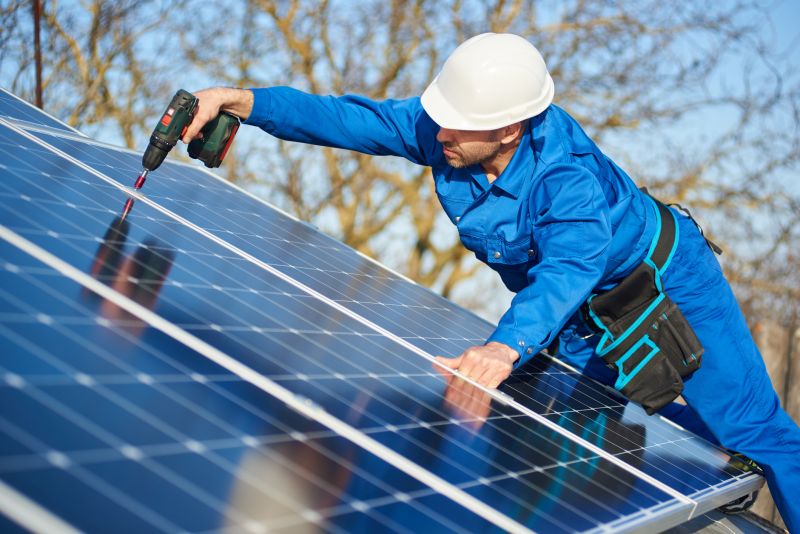
High temperatures can affect materials; scheduling repairs early or late in summer is advisable.

Fall offers cooler temperatures and less precipitation, ideal for completing repairs before winter.
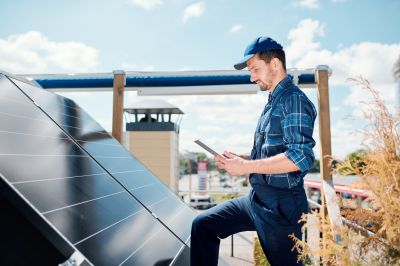
Ways to make Solar Tube Repairs work in tight or awkward layouts.
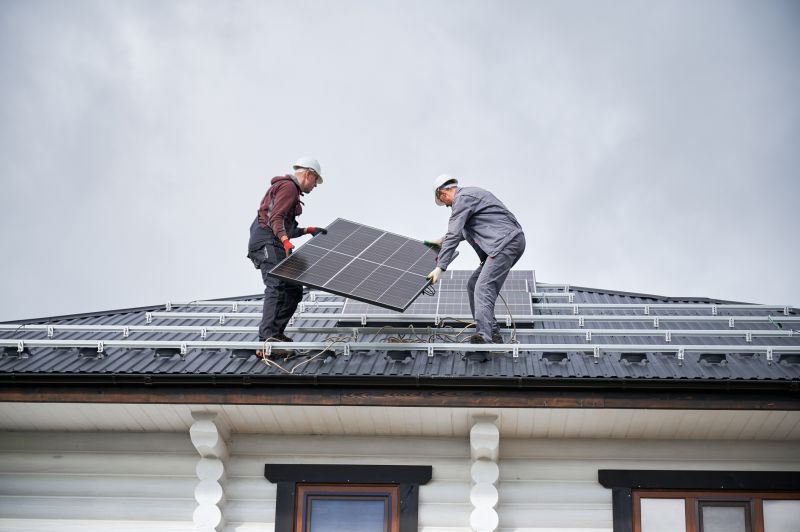
Popular materials for Solar Tube Repairs and why they hold up over time.
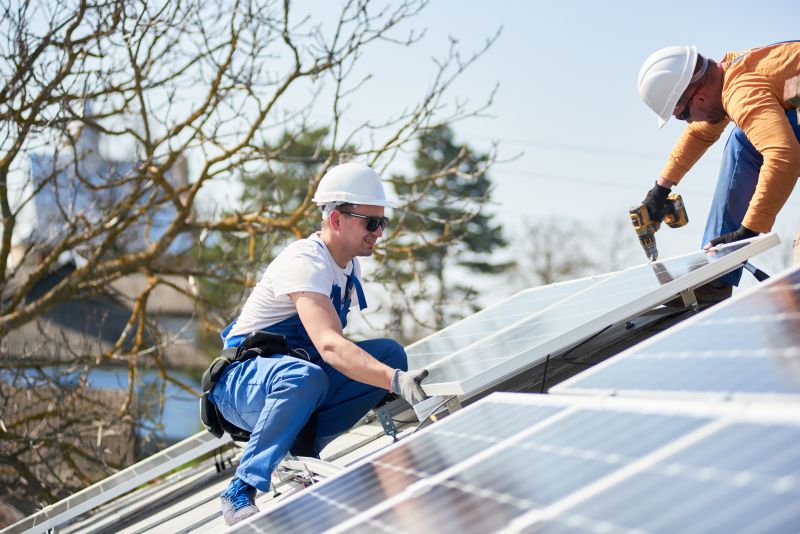
Simple add-ons that improve Solar Tube Repairs without blowing the budget.

High-end options that actually feel worth it for Solar Tube Repairs.

Finishes and colors that play nicely with Solar Tube Repairs.
Solar tube repairs involve fixing or replacing damaged components to restore optimal daylight transmission. These systems are valued for their ability to bring natural light into interior spaces, reducing reliance on electric lighting. Proper maintenance and timely repairs can significantly extend their service life, ensuring consistent performance and energy savings.
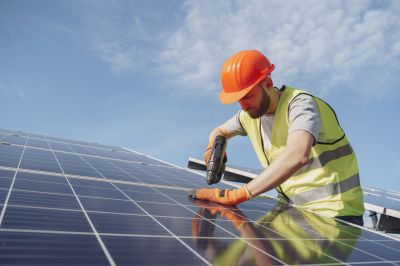
Cracks or leaks can diminish light transmission and lead to water intrusion.
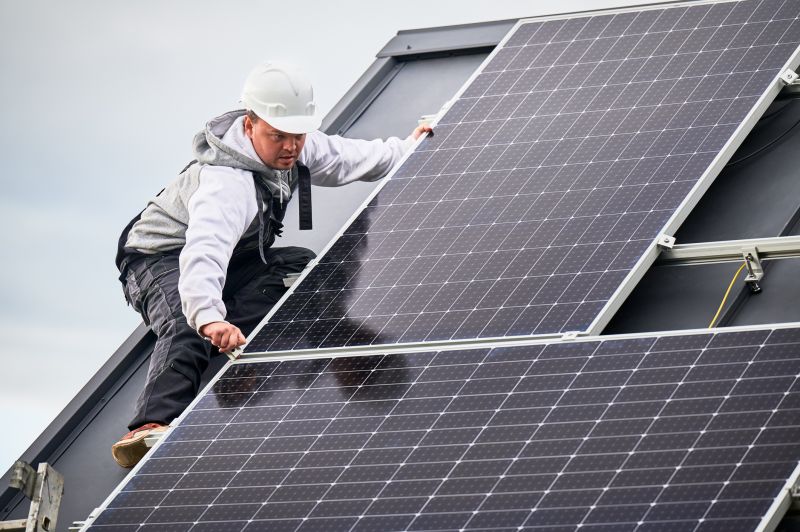
Proper sealing and component replacement restore efficiency and prevent further damage.
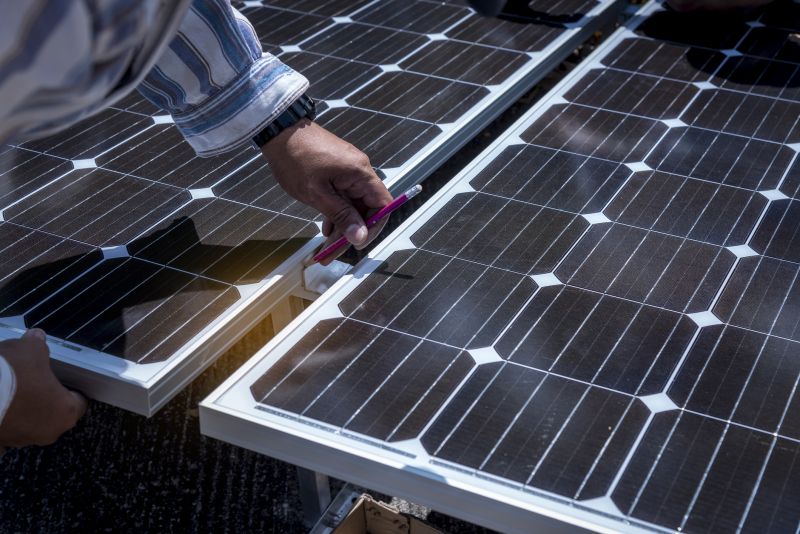
Visual inspections identify cracks, leaks, or blockages early for timely repairs.
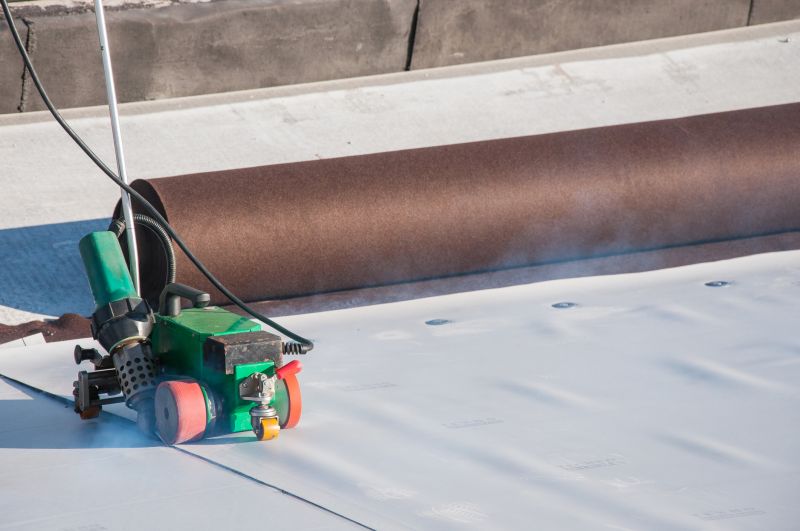
Specialized tools ensure precise sealing and installation of new components.
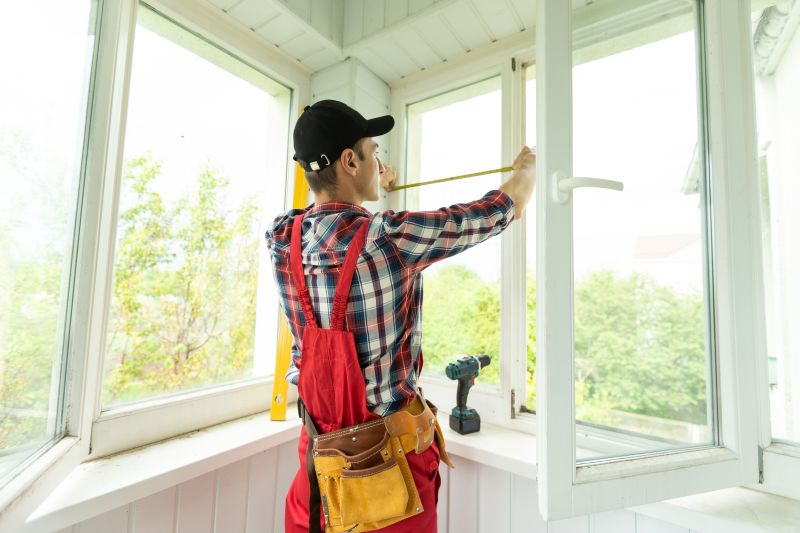
Little measurements that prevent headaches on Solar Tube Repairs day.

A 60-second routine that keeps Solar Tube Repairs looking new.
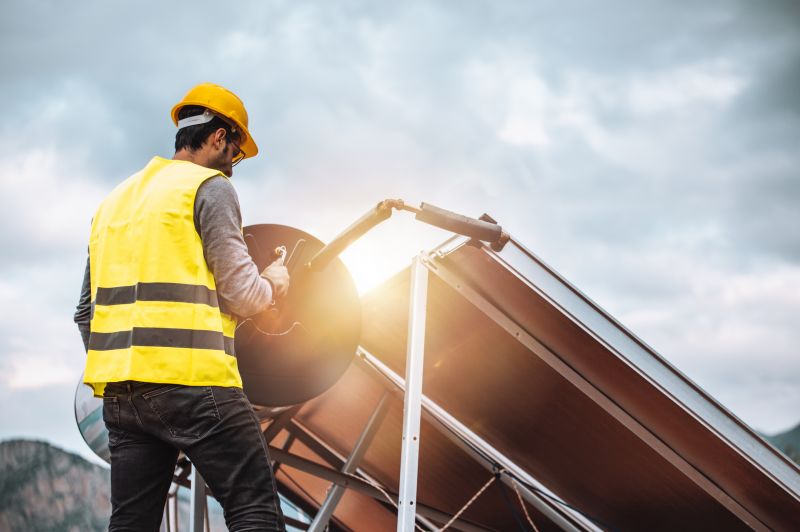
A frequent mistake in Solar Tube Repairs and how to dodge it.
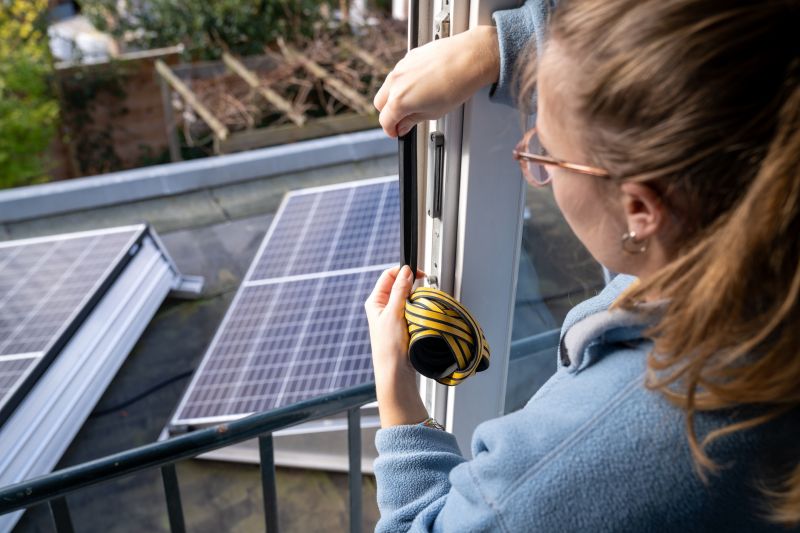
Small tweaks to make Solar Tube Repairs safer and easier to use.
| Season | Ideal Conditions |
|---|---|
| Spring | Moderate temperatures, low precipitation |
| Summer | Early or late in the season, avoiding peak heat |
| Fall | Cooler temperatures, minimal rain |
| Winter | Generally avoided due to cold and snow |
Understanding the best timing for solar tube repairs can enhance the effectiveness and longevity of the systems. Seasonal considerations, local climate, and weather patterns should all be factored into scheduling to ensure safety, efficiency, and minimal disruption. Regular inspections during suitable seasons can help identify issues early, reducing repair costs and preventing system failure.
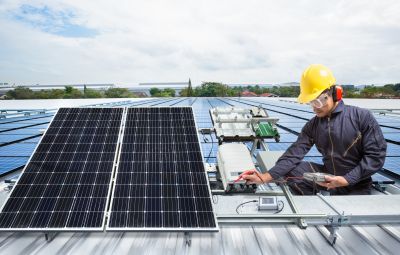
Technicians perform repairs during optimal weather conditions for safety and quality.
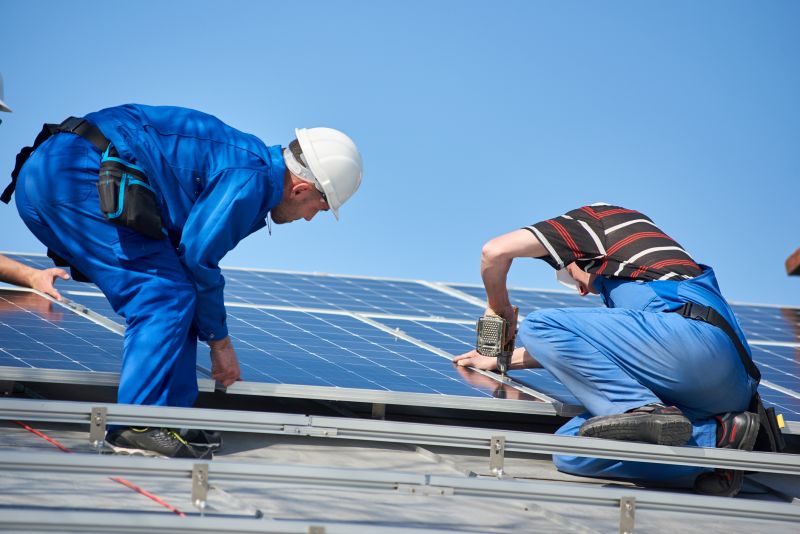
Specialized equipment ensures proper sealing and component replacement.

Restored systems provide efficient daylight transmission and durability.

Lower-waste or water-saving choices for Solar Tube Repairs.
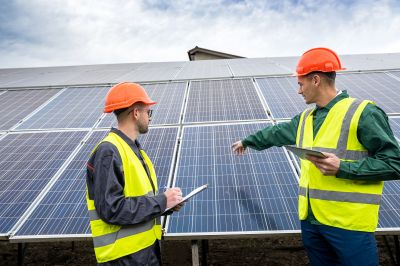
The short, realistic tool list for quality Solar Tube Repairs.

Rough timing from prep to clean-up for Solar Tube Repairs.

Quick checks and paperwork to keep after Solar Tube Repairs.
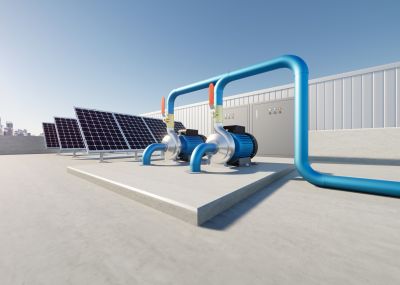
Examples that show the impact a good Solar Tube Repairs can make.
Interested parties are encouraged to contact for more information about scheduling solar tube repairs. Proper timing and maintenance can help ensure that daylighting systems operate efficiently and effectively over their lifespan.
